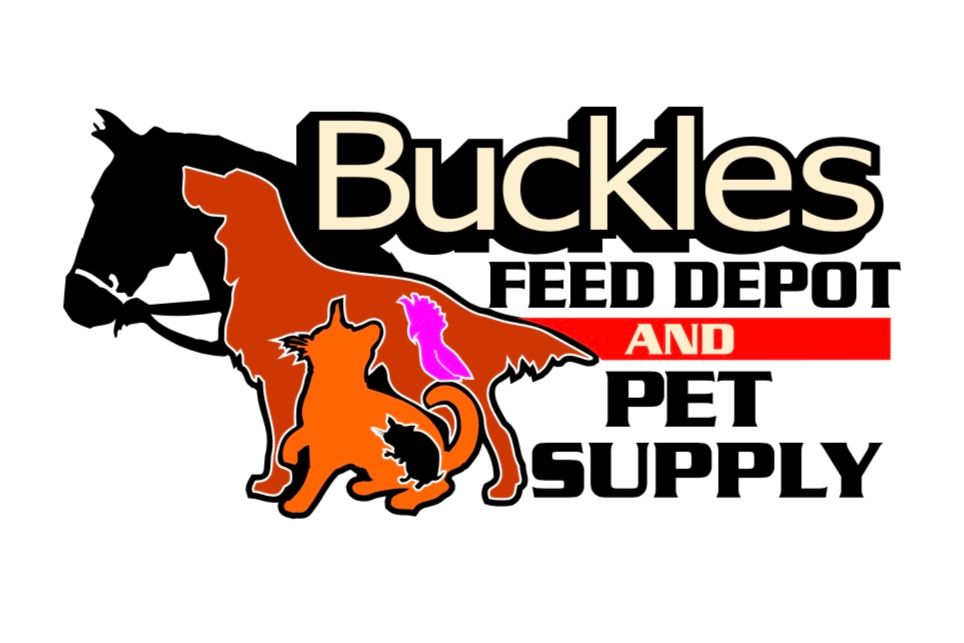Bearded Dragon
Western New York Herpetological Society
www.wnyherp.org © 2001 - 2002 by Western New York Herpetological Society
This document is for guidance only and should not be used as the sole source of information. New information is being developed daily. It is recommend that a concerted effort be made to maintain up-to-date knowledge of the animals of interest.
Common Name: Bearded Dragon
Latin name: Pogona vitticeps
Native to: Australia
Size: 6-24 inches
General appearance: Medium sized lizard with a large triangular shaped bead, flattened body and a tail measuring half the length of the animal. Gray, brown or reddish brown color with small spiny scales covering the body with longer scales from the back of the head. When threatened a bearded dragon will puff out its throat resembling a spiky beard. There are many different designer phases available that can produce different coloration
Housing requirements:
Enclosure: Hatchlings can be kept in a 20-gallon aquarium for a few months. Adults will need a 50-gallon aquarium or larger sized cage if more than one lizard is housed. Branches and rocks are needed for climbing and basking. A screen top is needed for ventilation. Do not house two adult males together. You can also use a screened enclosure or custom built enclosure.
Temperature:
Day: 80º - 85º F.
Night: 68º - 75º F
Basking: 95º - 105º F.
A heat lamp should be positioned over one end of the tank to produce the basking spot. Use thermometers or temperature gun to measure temperature.
Heat/Light: Incandescent bulbs, ceramic emitter, or heat panels can be used for the basking spot. Full spectrum lighting should be provided using one of the fluorescent bulbs made for reptiles that produce both UVA and UVB wavelengths. A mercury vapor bulb which provides heat and light may also be used. Twelve hours of daylight can be provided through the use of timers
Substrate: Caribbean play sand is cheap, fairly easy to clean and creates a desert looking environment. However, use caution with hatchlings as some people feel it may cause impaction. Newspaper, Astroturf , paper towels, alfalfa pellets, and vitamin sand can also be used.
Environment: Desert habitat
Diet: Bearded Dragons are omnivores. They need both animal and plant material in their diet. Crickets, locusts, cockroaches, mealworms, waxworms, silkworms, butterworms, red worms, earthworms, superworms with an occasional pinky will all be relished by your bearded dragon. You should use caution NOT to feed fireflys as they are toxic to Bearded Dragons. Vegetables that you can offer included greens (turnip, kale, romaine, dandelion, endive, escarole, mustard, and collard), green beans, squash, peas, sweet potato, chicory, watercress, red bell pepper, and cilantro. Fruits can be offered about 1-2 time a week (too much can cause diarrhea) such as blueberries, strawberries, raspberries, cantaloupe, mango, kiwi, and grapes. Commercially made food is also available for your bearded dragon. Fresh water should always be provided. Some bearded dragons like to be misted and lap up the water that way. Powdered vitamin/mineral supplement may be offered 1-2 times a week.
Maintenance: Fresh water should be offered daily. If using newsprint then clean as needed. Wood shavings should be spot cleaned as needed. Periodically, the enclosure should be disinfected. A 5% bleach solution makes an excellent disinfectant. Be sure to rinse the enclosure thoroughly after disinfecting. As always, be sure to wash your hands thoroughly after handling your bearded dragon or any cage accessories.
Other references or recommended reading:
de Vosjoli, Philippe and Robert Mailloux. General Care and Maintenance of Bearded Dragons
Palika, Liz . Your Bearded Dragon’s Life www.beardeddragon.org Bearded Dragons and Other Creatures.
Western New York Herpetological Society
www.wnyherp.org © 2001 - 2002 by Western New York Herpetological Society
This document is for guidance only and should not be used as the sole source of information. New information is being developed daily. It is recommend that a concerted effort be made to maintain up-to-date knowledge of the animals of interest.
WHAT Lafayette CUSTOMERS ARE SAYING
We love our customers from Lafayette areas around Downtown Lafayette, Delphi, Crawfordsville, West Lafayette, Shadeland, Monticello, Dayton, Wyandot & More!






